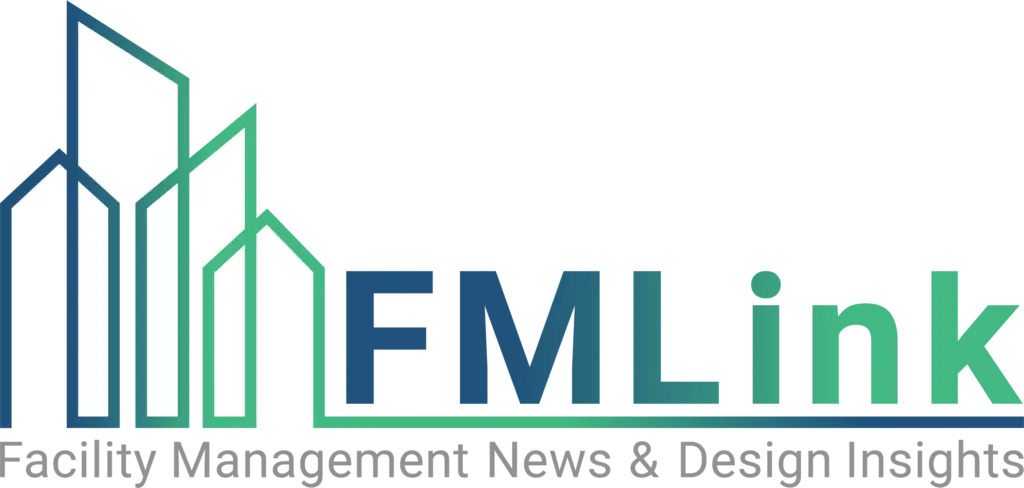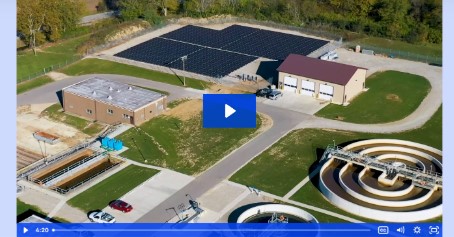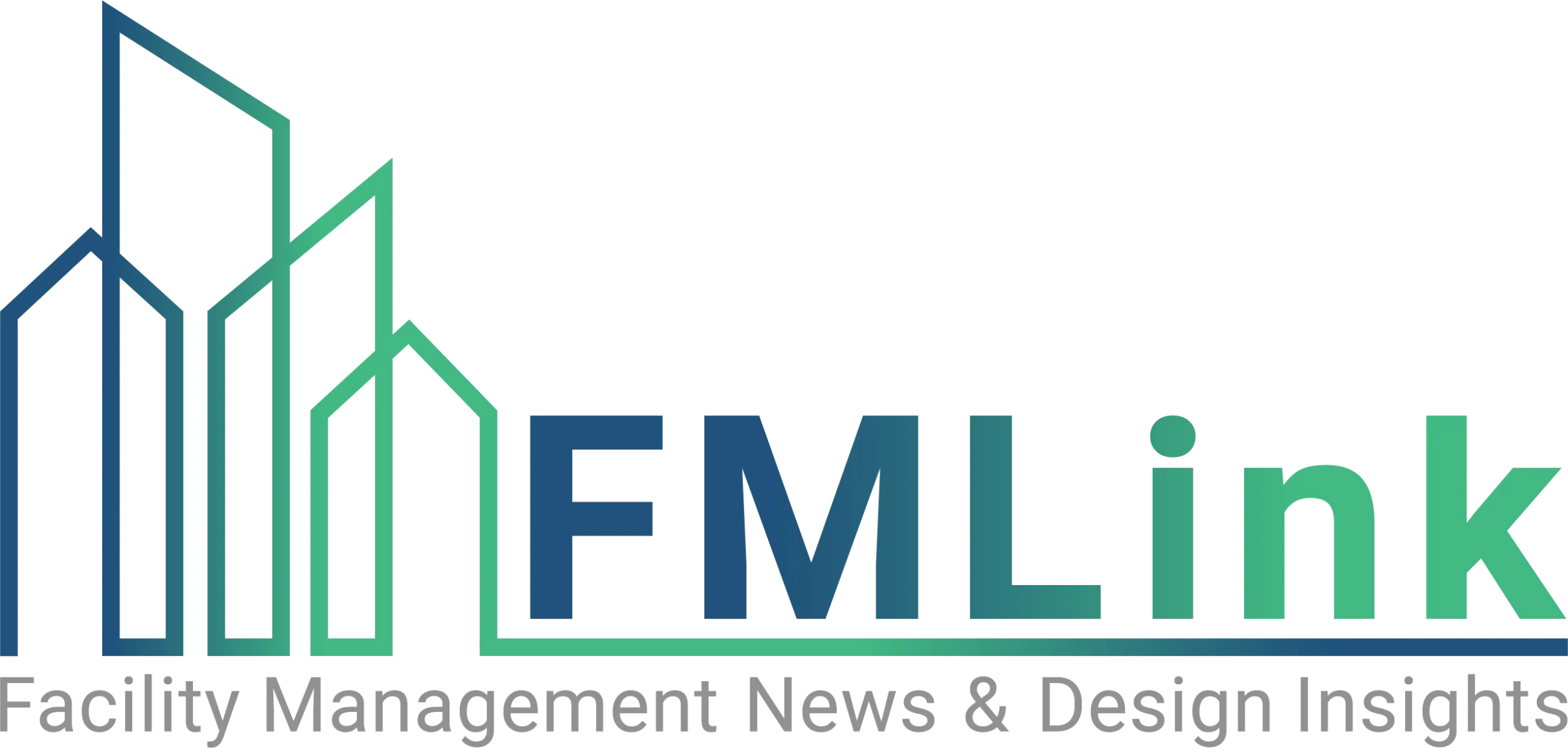Originally published in the March/April 2017 issue of FMJ
The process of a construction project can be painful for facility managers. It’s always surprising how at the end of the project, after the endless design reviews, construction meetings and change orders, there can still be issues with brand- new buildings. Sometimes, it can feel as though no consideration was given to the needs of the operations or maintenance at all.
A recent research project addressed this topic by conducting interviews among mechanical engineers about maintenance and operations considerations in their designs. The interviewees came from a wide range of backgrounds and experiences in mechanical engineering and the building industry throughout Southern California. Through these interviews, the researchers found that there were common themes among the responses.
These themes could help to identify potential improvements in the construction planning process for all parties involved.
Interview Results
The researchers interviewed four mechanical engineering professionals using a set of eight questions about including operations and maintenance items in their projects.
All interviewees agreed that maintenance is an important consideration in all mechanical designs. However, answers about where maintenance falls in terms of importance in the entire design varied among those who were interviewed, mostly because it depends on the project. Mechanical engineers must ensure their designs comply with local codes, space constraints, architects’ visions, project budgets and clients’ wishes, along with operations and maintenance considerations.
The interviewees also agreed that it varies from project to project as to when the facilities and maintenance teams become involved in the project and that it is preferable to engage them earlier in the project — as early as the schematic design phase. Facilities teams can offer recommendations based on past experiences or insight to existing building systems, and if they are not involved until the construction phases, then suggestions they make could result in costly changes that could have been avoided if they had been known in the beginning of the project.
Additionally, most interviewees agreed that they do not often return to the jobsite after the project is completed. There usually is a warranty period for a year after construction is completed during which engineers return if there appear to be issues with the design, but other than that they do not visit the site. When asked about the process of including operations and maintenance considerations in their designs, the mechanical engineers who were interviewed agreed that it could be improved.
On the part of end users, it is important to communicate needs clearly throughout the project and that they involve their facilities team at the earliest stages of the design. For designers, it’s important to gain more practical experience in the field with layouts that have been implemented, and to understand the finer details of how systems are actually built and maintained instead of only viewing them on paper.
O&M Considerations during Design
Maintenance and operations is always a consideration for mechanical engineers in project designs.
During the interviews conducted, when asked if the considerations were different between tenant improvement jobs in existing facilities versus ground-up construction, professionals agreed that the maintenance considerations would essentially be the same. The only difference would be whether there was an existing facilities team with which to discuss maintenance and operations items. In projects for developers or in new buildings where a facilities team hasn’t yet been established, mechanical engineers incorporate maintenance items into their designs based on past experiences and best practices.
One of the main items that mechanical engineers consider during design is equipment access, so that the facilities personnel can perform maintenance on the installed systems. However, while consultants will outline certain needs of a system, such as access areas, pipe sizing or power requirements, the fine details are not always outlined specifically in the drawings and can be left up to the contractor to determine.
Even when the engineers outline small details — such as piping or power routing — the information may occur in multiple different drawings (mechanical, electrical, plumbing) which have not been coordinated in a three- dimensional model to show any obstructions or clashes between systems. After conduits, sprinklers and other mechanical piping systems are installed throughout the building, the maintenance access space that was planned may no longer exist.
Additionally, mechanical engineers consider maintenance factors when they are selecting equipment for their designs. Existing facilities often have standards that need to be followed, which may be based on controls, experience or simple preference. Sometimes equipment from different manufacturers may have different life expectancies, which will have a significant impact on operations and maintenance. Also, certain manufacturers may offer advanced resources for training and service on the equipment, which aids facilities personnel in maintaining the equipment properly.
However, maintenance and operations are not always the top priority when it comes to the design phases in a new construction project. Mechanical engineers need to make sure their design is sound and accepted by the architect and ultimately, the project manager. Space considerations and budget typically come into discussions before maintenance when these decisions are being made. While design engineers may feel that facilities considerations are still a high priority when balancing all the other project constraints, where this falls in relationship to the rest of the project team’s preferences varies.
Including the Facilities Team in the Design Phase
Often, the group that oversees a construction project is a separate division of the company from the facilities team. Many times, the two groups do not understand each other’s requirements: project schedule and budget versus operations and maintenance after the project is completed. Sometimes, these two groups of a company do not even get along, blaming each other for poor planning and unreasonable requests. Regardless of how a company is organized, all members from the owner’s side should represent one common united message for construction projects.
As mentioned previously, the consultants must consider the project manager’s requirements while also taking maintenance and operations items into account. While the engineers designing the project often consult with facilities personnel to discuss these items (existing conditions, preference of equipment, experiences with different products and general knowledge of known challenges throughout an existing facility), it is important to consider when these conversations are taking place. All mechanical engineers interviewed agreed that communication between designers and FM personnel is of utmost importance.
However, if these conversations do not occur until the construction document phases of the project, then any new information that comes from these discussions could result in many changes to the project documents (and ultimately the project budget). If there is a facilities team on the owner’s side for a construction project, it should be involved starting in the schematic design phase so that the designers take FM input into consideration from the beginning.
Of course, all parties need to be flexible when it comes to outlining project requirements from the beginning. Some of the requests from the FM group may be nice to have rather than strict essentials; however, it’s important to understand the pros and cons of implementing these ideas and prioritize accordingly. Summarizing and discussing these items from the beginning of the project will lead to fewer surprises, arguments and changes as the project moves forward.
Value Engineering
Teams typically follow a value engineering method when looking to decrease project costs due to budget constraints. Engineers are asked to identify items that could be modified to save money on the construction side, and they present the options with a list of pros and cons. Then the project manager will decide how to proceed. However, the engineers and the project manager do not always have the background in or insight into maintenance and operations procedures, and may not fully understand how these value engineering items could impact the long-term operation of the systems without input from the facilities team.
While value engineering is common in many projects, the bigger question to consider is why it got to value engineering in the first place. Who came up with the initial budget number, and how? If the facility management team was not involved in the initial stages of the project, then considerations for operations and maintenance may not be included in the project budget number. Additionally, if the contractor is not brought on board early in the design phases, constructability issues and concerns would not be considered, which could also lead too additions to the project budget.
Process Improvements
There are certainly improvements that can be made by all parties involved in construction projects. The mechanical engineers who were interviewed for this article acknowledged that what they design on paper is not always how the final product will truly operate, and that some could improve upon their understanding of the maintenance applications in the field.
One method they suggested is to include the engineers’ involvement in all inspections throughout construction, as well as commissioning and start-up reports, in the initial scope of work. Even though most consultants walk away with the project team once construction is completed, it could be beneficial for them to return to the site and discuss the space with the facilities team to maintain that relationship and follow up on how the building is operating.
A very common theme throughout these interviews was the belief that facilities personnel should be involved in construction projects as early as possible in the design process. Bringing FMs in when construction documents are already in place means that the budget and schedule were likely developed without incorporating the operational perspective. Clear communication between all parties starting from the schematic design phase of any project — another overwhelmingly common theme throughout these interviews — is key to ensuring that all project priorities are considered.
If a project comes to value engineering due to budget constraints, the team needs to discuss all impacts of each option. Many value-engineering items consider how a project can save on construction costs but do not evaluate how it will affect ongoing maintenance costs once the project has been completed. It is important for both the engineers and the facilities team to help the project team understand these impacts when discussing value engineering for these decisions to truly benefit the project, and ultimately, the company.
Additionally, it’s beneficial when facilities personnel are flexible when discussing their desires for a construction project. It’s important to raise concerns with equipment or access, but also to evaluate these needs in terms of how they relate to the project budget and schedule, and how they may impact the company in long-term versus up-front maintenance costs.
Facilities personnel take pride in the buildings they operate and maintain, so of course they want to ensure that what is built will succeed. It is important for everyone on the owner’s side to understand that they are on the same team and are working toward the same goals: a successful construction project. – FMJ







